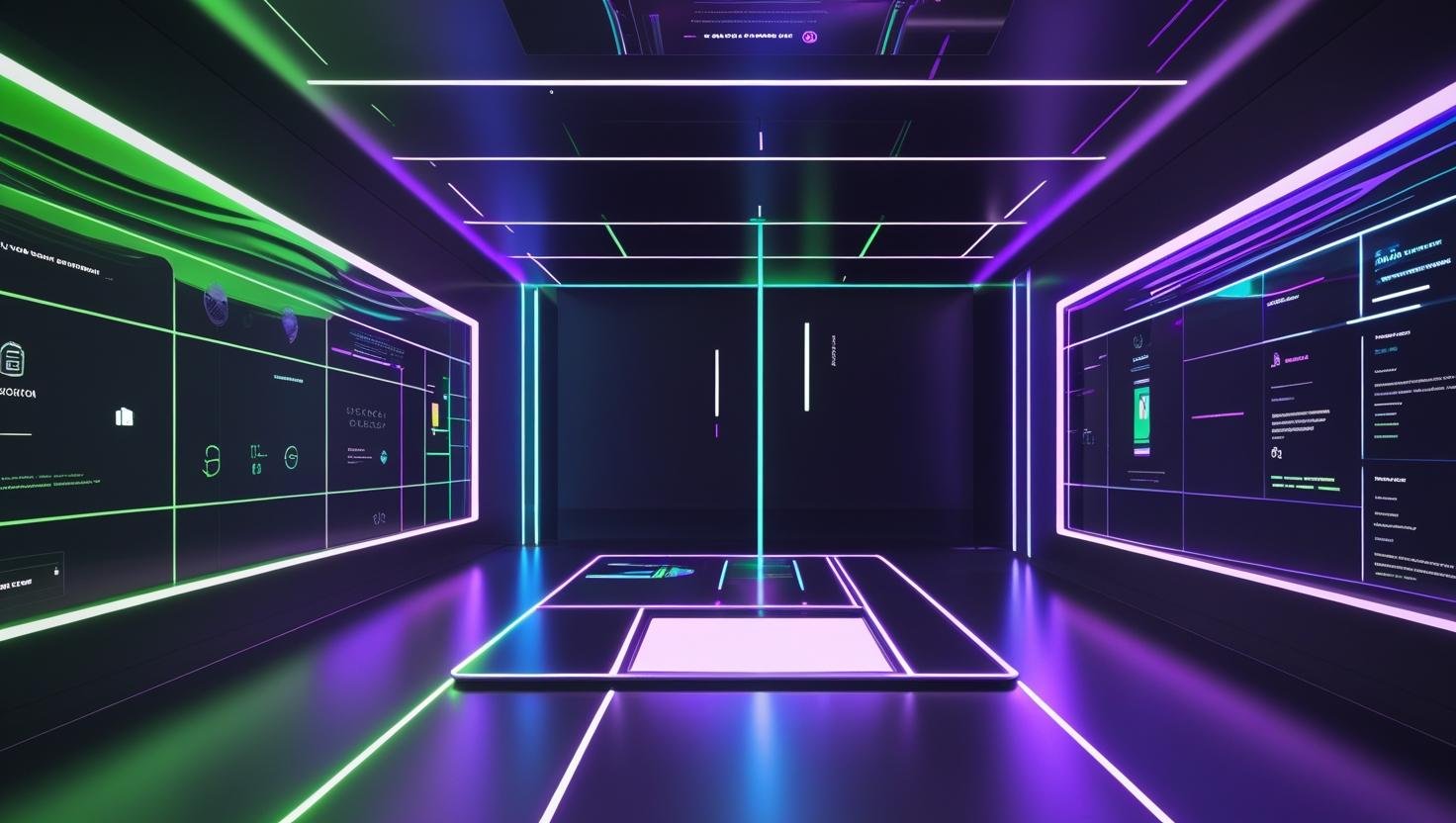
The 2025 Web Design Trends Every Business Should Know
What are the web design trends Every Business Should Know? Web design is evolving faster than ever.
In 2025, user expectations, technologies, and aesthetics continue to shift, creating both challenges and exciting opportunities for businesses online. Whether you’re building from scratch or planning a redesign, these are the trends shaping the future of the web.
Web design trends come and go faster than fashion seasons, but some shifts represent real changes in how people interact with websites. As we dive deeper into 2025, I’m seeing some exciting trends that aren’t just pretty to look at – they’re actually making websites work better for businesses and users alike.
Let me walk you through the trends that are shaping web design this year, and more importantly, which ones might be worth adopting for your business.
AI-Powered Personalisation
In 2025, websites are becoming smarter. AI can now tailor content based on user behaviour, location, or preferences. Artificial intelligence isn’t just a buzzword anymore – it’s quietly working behind the scenes to make websites more relevant to each visitor. We’re seeing sites that adapt their content, layout, and even colour schemes based on user behaviour and preferences. What this means for your business: You don’t need to build a complex AI system from scratch. Simple personalisation tools can show different homepage content to first-time visitors versus returning customers, or highlight products based on browsing history. The key is starting small and building up.Brutalist-Inspired Minimalism
Minimalist design is still in – but now it’s bolder. Harsh grids, monospaced fonts, and stripped-back palettes are making a comeback (especially in creative industries).
Why it works: It cuts through the noise and puts content front and centre.Micro-interactions That Matter
Those tiny animations when you hover over a button or the gentle bounce when you scroll – micro-interactions are everywhere in 2025. They’re not just eye candy; they provide feedback and make websites feel more responsive and alive.
The smart approach: Focus on interactions that actually improve the user experience. A subtle animation that confirms a form submission is helpful. A button that bounces for no reason is just distracting. Less is definitely more here.Gesture Interfaces
Thanks to smart devices and wearables, some websites now integrate voice commands or motion tracking.
Best for:Niche experiences (e.g., accessibility tools, education platforms), but growing in relevance.
Immersive Experiences
WebGL, Three.js, and faster browsers make 3D more accessible. Used thoughtfully, it adds depth and modern flair.Where to use it: Product showcases, architecture, or portfolio sites.
Scrolling as Storytelling
Interactive, scroll-based storytelling engages users and keeps them on-site longer.
Trend tip: Combine horizontal scrolls, fade-in content, and parallax effects to guide the narrative.
Bento Grid Layouts
Inspired by iOS and Japanese design, “bento” layouts use clean modular blocks for dynamic flexibility.
Perfect for: Service pages, product grids, and dashboards.
Privacy-First Design
With cookies fading out and GDPR evolving, 2025 web design is privacy-conscious from the start.
Actionable step: Be transparent with data use, offer clear cookie preferences, and avoid intrusive popups.
Hyper-Fast Performance (Core Web Vitals Still Rule)
Speed is not optional. Google still prioritizes performance, and users bounce if delays exceed 2–3 seconds.
What to do: Use lazy loading, efficient code, compressed images, and a lightweight CMS.
Bold Typography is Taking Centre Stage
Designers are getting brave with typography this year. We’re seeing massive, attention-grabbing headlines, creative font pairings, and text that’s treated as a design element rather than just information delivery.
How to use it: Large, bold headlines can make a strong first impression, but make sure they’re still readable on mobile devices. Pair dramatic headlines with clean, simple body text to maintain readability. Remember, your message should be clear first, stylish second.Dark Mode is No Longer Optional
What started as a nice-to-have feature is becoming standard. Users expect the option to switch between light and dark modes, especially for websites they visit regularly or content-heavy sites.
Implementation tip: Don’t just invert your colors and call it done. Dark mode requires thoughtful design to ensure proper contrast and readability. Test your dark mode thoroughly – what looks good in light mode might be completely illegible in dark mode.Advanced Scrolling Effects
Parallax scrolling has evolved into more sophisticated scroll-triggered animations and effects. We’re seeing websites that tell stories as users scroll, with elements that appear, transform, and interact in engaging ways.
The balance: Scroll effects can be engaging, but they can also be overwhelming or cause motion sickness for some users. Always provide options to reduce motion, and ensure your content is still accessible if the effects don’t load properly.
Voice User Interface Integration
With smart speakers and voice assistants becoming commonplace, websites are starting to incorporate voice search and voice navigation features.
Getting started: Even if you’re not ready for full voice integration, optimizing your content for voice search queries can help your SEO. Think about how people ask questions out loud versus how they type them.Brutalist Design is Making a Comeback
Raw, unpolished, and deliberately imperfect – brutalist web design is gaining popularity as a reaction against overly polished, corporate-looking websites. It’s bold, memorable, and definitely not for everyone.
Should you try it? Brutalist design works well for creative agencies, artists, and brands that want to stand out dramatically. For most businesses, incorporating subtle brutalist elements (like bold, chunky buttons or unconventional layouts) might be a safer approach.
Looking Ahead
Web design in 2025 blends aesthetics, speed, and personalisation more than ever before. The key? Start with your user in mind. Use these trends not just to look modern, but to create meaningful, intuitive experiences that deliver real results. Trends will continue evolving, but the fundamentals remain the same: create websites that are useful, usable, and accessible. The best trends are the ones that make the web a better place for everyone.
Remember, trends should enhance your website’s purpose, not overshadow it. Your content, products, and services are still the stars of the show – good design just helps them shine brighter. The web is constantly evolving, and that’s what makes it exciting.

